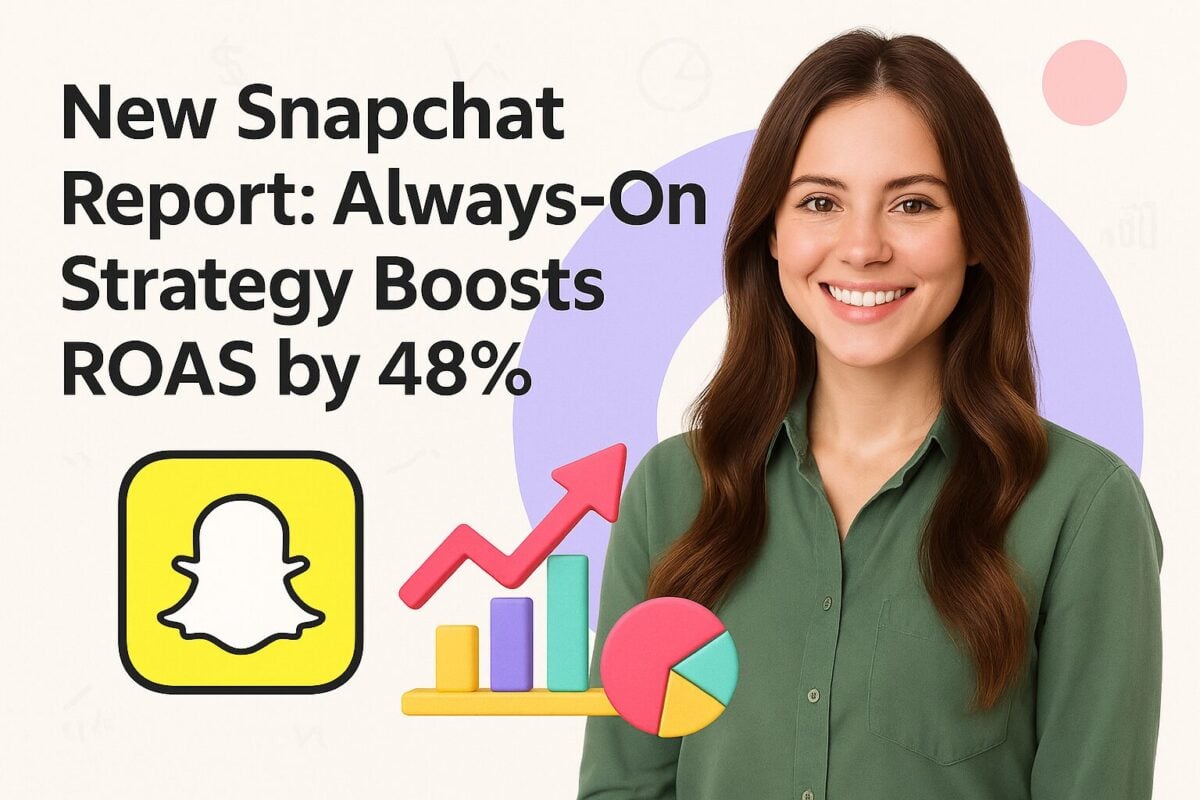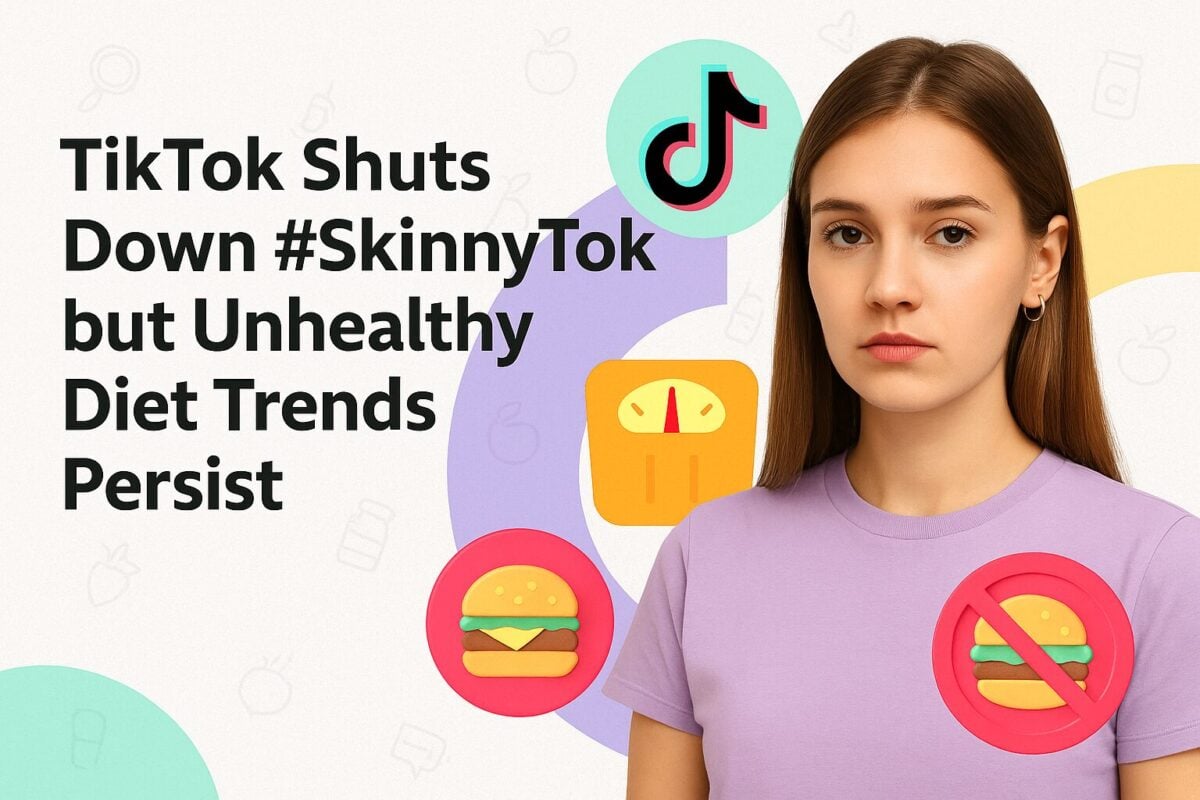Email marketing may not be as trendy as influencer marketing or SEO, but it is still relevant and useful. For many marketers, email marketing is actually one of the most important lead generation and nurturing channels.
What does that mean for you? It means that you shouldn’t ignore email marketing, even if you are using several other forms of marketing. Email marketing does not require a large investment and it has the potential to deliver good ROI if you do it right.
9 of the Most Effective Email Marketing Best Practices For 2024:
- 1. Build Your Own Contact Lists
- 2. Send a Test Email to Yourself First
- 3. Never Use a “No-Reply” in the Sender’s Address
- 4. Do NOT Spam
- 5. Always Sign Your Emails
- 6. Add a CTA in All Your Emails
- 7. Personalise Your Emails
- 8. Leverage A/B Testing to Optimise Your Emails
- 9. Write Compelling Subject Lines
- Frequently Asked Questions
1. Build Your Own Contact Lists
The first rule of successful email marketing is to build your own contact lists. Never buy mailing lists because it is simply a waste of your time and effort.
Sending emails to random people can waste their time and spoil your brand’s reputation. Instead, you should use sign-up forms on your website to collect the email addresses of your website visitors. You can also use gated content to incentivise people to provide you with their details. No matter which technique you use to get your website visitors’ email addresses, do it on your own. Remember this rule of thumb of email marketing—never buy mailing lists.
2. Send a Test Email to Yourself First
When designing your email campaigns, there are different email templates that you may use.
However, you need to first make sure that your email templates are completely optimized. How do you do that? You send yourself a test email first. This way, you will see how the email appears in your inbox. This is a good way to assess if any images get distorted or if the text is clearly visible, as intended.
You can also check your CTAs to see if they are above the fold or not. Basically, you can spot and work out any kinks by sending a test email to yourself. You should also test the email in both HTML and plain-text formats. And try it on your mobile device.
3. Never Use a “No-Reply” in the Sender’s Address
This is a rookie mistake that a lot of marketers still make. You shouldn’t send someone an email from a “no-reply” address as that closes the conversation loop and is just one-sided communication.
It robs the receiver of the choice to reply to the email or opt-out if they want to do so. This is a complete no-no as you can’t force your emails on people without giving them an option to opt-out.
Such email addresses look impersonal, reducing email open rates. A person is more likely to open an email from a person that a “no-reply” email address. That is why your automated emails should also have a person’s first and last name in the sender address. This way, the email will seem like it’s coming from an actual person, which can improve your open rate.
4. Do NOT Spam
A lot of people fail to understand what drip email campaigns actually mean and border on spamming their subscribers with tons of automated emails.
Yes, automation makes it easier for you to send emails, but you need to pay attention to how many emails you send.
For example: Sending one email on a topic and two follow-ups might be feasible. However, sending ten follow-ups to someone who’s not responding is clearly going to bother them. You need to draw that line that keeps your emails from becoming spam. Whenever designing your drip email campaigns, always keep a cap on how many emails you send to each subscriber.
In fact, data from GetResponse suggests there’s an indirect correlation between the number of emails in a week and open rates.
Marketers who send one email a week see the best open rates and this decreases with an increase in the number of emails.

Also, make sure that you send relevant emails to your subscribers, otherwise, they might mark it as spam. This is very bad for the reputation of your company and should be avoided at all costs.
5. Always Sign Your Emails
This may seem very obvious as, of course, you should sign your emails. However, marketers often forget this simple gesture when automating their emails and sending bulk emails.
Even for automated email campaigns, you need to have a salutation and sender’s name at the end. It adds a personal touch to your emails instead of making it look like a cold, bulk email sent by a machine. So, whenever you create templates for your email campaigns, always remember to add a sender’s signature at the end.
6. Add a CTA in All Your Emails
The purpose of email marketing is to get your subscribers to read your emails and take the desired action.
Whether it means directing them to your website or to download your latest ebook or anything else. No matter what action you want them to take, you need to direct them to it by using a call-to-action (CTA).
Your CTA button should be clearly visible in your email and your email content should not distract people from it. In fact, your content should be designed in a way that brings attention to the CTA. Also, contrary to popular belief, it is not necessary to have a CTA above-the-fold. In fact, a lot of marketers prefer adding a CTA right at the bottom. You need to do your own tests to figure which CTA placement gets the best results for you. And, remember, you can add 2 CTAs, one in the body of the email and one CTA button. It doesn’t necessarily have to be just one CTA.
Here’s an example of an abandoned cart email sent by the retailer Myntra, in which they have placed the CTA at the end. The message is short and simple and draws attention to the CTA and not away from it.

Source: myntra.com
7. Personalise Your Emails
Ask any marketer who’s been doing email marketing for some time and they will tell you, personalisation is the key. Often, it makes the difference is between a successful email campaign and a failed one.
People are more likely to open and read emails that are addressed directly to them. They will find it even more engaging if the content is also catered to their needs and preferences. This is why it is a good idea to personalise your emails as much as possible. There are email automation tools that can provide a basic level of personalisation.
For example, at the very least, you can change the name in all your bulk emails depending on the receiver. However, if you want to take this a notch higher, try segmenting your subscribers into specific groups based on their demographics and interests. Then create different email templates for different groups. This can help you achieve personalisation at scale as people will get emails that they are most likely to respond positively to.
8. Leverage A/B Testing to Optimise Your Emails
A/B testing is a useful way to enhance and improve your emails to get the best results. From subject lines to CTA placements, you can test everything using A/B testing.
When A/B testing you are creating two versions of your email and sending one to half your subscribers and the other to the other half. Then you compare and contrast which one worked better. You can do this by changing the emails in any one aspect and then identifying which worked better.
This is a tried-and-tested technique that almost every marketer uses. And, you don’t have to do this manually. A lot of email marketing tools these days come equipped with the A/B testing feature. So, all you have to do is use it and keep optimising your emails on a continuous basis.
9. Write Compelling Subject Lines
We cannot emphasise enough the importance of subject lines in email marketing. They are what help a user decide whether they want to open an email or not. An attention-grabbing subject line is, therefore, crucial to improving the open rates of your emails.
Here are some tips to help you write compelling subject lines for your emails:
- Keep it short and precise. It should be short enough that it’s easy to read on a mobile device, as a lot of people check their emails on the go.
- It should be relevant and should be able to tell the reader what they can expect from your email.
- It should not contain spammy words like “marketing”, “offer”, “sale”, etc. as these get negative responses from users.
- You should add words that evoke a positive emotion, as these compel people to open the email.
- Numbers work well in subject lines, as they do in titles.
Ready to Get Started?
The expert tips above can help you take your email marketing campaigns to the next level. Use these and get better ROI from your email marketing initiatives. What are you waiting for? Start implementing these now.
Frequently Asked Questions
What is the email marketing best practices?
9 of the Most Effective Email Marketing Best Practices For 2024:
1. Build Your Own Contact Lists
2. Send a Test Email to Yourself First
3. Never Use a “No-Reply” in the Sender’s Address
4. Do NOT Spam
5. Always Sign Your Emails
6. Add a CTA in All Your Emails
7. Personalise Your Emails
8. Leverage A/B Testing to Optimise Your Emails
9. Write Compelling Subject Lines
What are the four types of marketing emails?
There are four key types of popular email marketing campaigns to help grow your business:
Email newsletters
Acquisition emails
Retention Emails
Promotional emails
What are good email practices?
These are some of the professional email etiquette tips and best practices that will help you communicate better:
Write a clear subject line
Use professional greetings
Introduce yourself
Don’t use humor
Maintain email structure
What are the 5 steps of email marketing?
Here’s a comprehensive 5 step guide to ecommerce email marketing strategies:
Collect email addresses
Set up a plan to increase your open rate
Send targeted email campaigns
Engage subscribers
Work on your copywriting skills
What are three best practices for ensuring that your email marketing strategy is effective?
These are the best practices to ensure your email marketing strategy is effective:
Write a clear subject line
Use professional greetings
Introduce yourself
Don’t use humor
Maintain email structure



